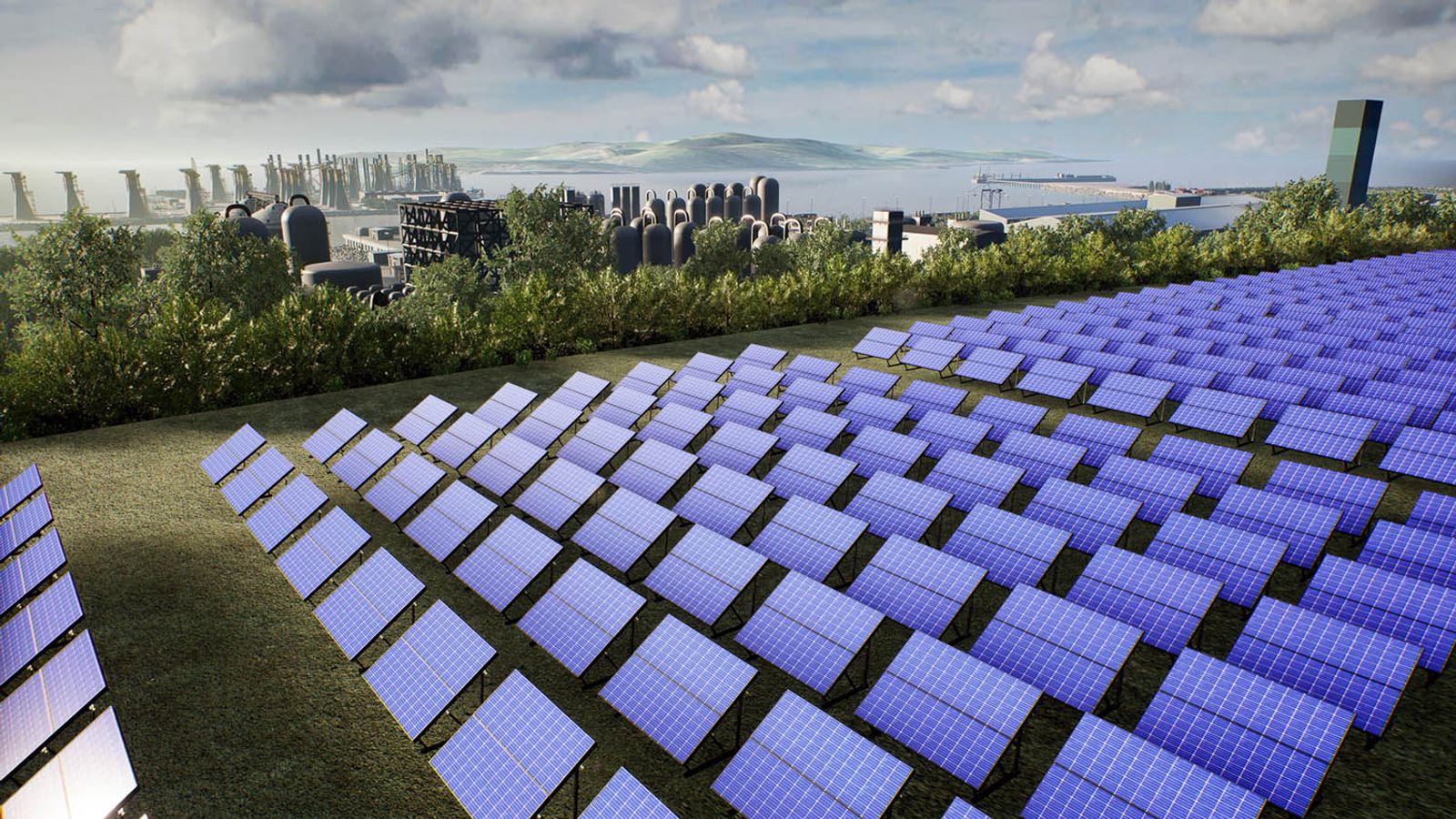
Our environmental impact
Find out how we’re working with communities, customers, and suppliers to reduce our environmental footprint and contribute to a more sustainable future
At XLCC, we strive to minimize the environmental impact of our operations, from factory processes to subsea cable installation.
How subsea cables support climate goals
Renewable energy, such as wind and solar, is often generated far from where it is used. High-voltage direct current (HVDC) cables are essential for efficiently transferring this power. XLCC manufactures HVDC cables that run primarily under the sea, helping reduce the environmental impact of electricity generation worldwide.
XLCC is a signatory of the UK Steel Charter, supporting sourcing steel locally to cut transport emissions and promote decarbonisation of the steel sector.
While all energy infrastructure has some carbon footprint, emissions from burying subsea cables are negligible compared to the savings they enable. For instance, burying cables produces about 0.0046 kg of CO2 per megawatt-hour (MWh), whereas a gas turbine emits around 360 kg/MWh—nearly 80,000 times more.
Our factory
XLCC received full planning permission to build a cable factory at Hunterston, Scotland. An environmental impact assessment (EIA) identified HGV transport as a major emissions source. To mitigate this, XLCC is working with Peel Ports, Freightliner, and Network Rail to transport approximately 80% of raw materials by rail, reducing emissions and road congestion.
Ecology
The primary environmental impact of subsea cables occurs during installation. We minimize this through careful planning, robust marine surveys, and routing to avoid sensitive habitats. Where necessary, we implement mitigation measures in collaboration with regulatory bodies and stakeholders.
XLCC is committed to conducting thorough environmental impact assessments and ensuring compliance with all local regulations.
R&D
Our Research and Development team is developing methods for laying cables in deeper waters, expanding global access to renewable energy and connecting remote areas to sustainable power sources.
Reducing our emissions
XLCC is dedicated to reducing carbon emissions at every stage of our operations, from manufacturing to cable installation. Our hybrid cable-laying vessel will significantly cut emissions compared to traditional diesel-powered ships. It will operate on renewable electricity when in port, use battery power for port entry and exit to minimize local disturbances, and be adaptable for future low-emission fuels like methanol and hydrogen.
Our factory will run on renewable energy, with electric machinery and vehicles wherever possible. Additionally, we prioritize local supply chains to reduce transport-related emissions. In April 2022, XLCC reinforced this commitment by signing the UK Steel Charter to support locally sourced steel.
Through these initiatives, XLCC is shaping a cleaner, more sustainable future for global energy infrastructure.
